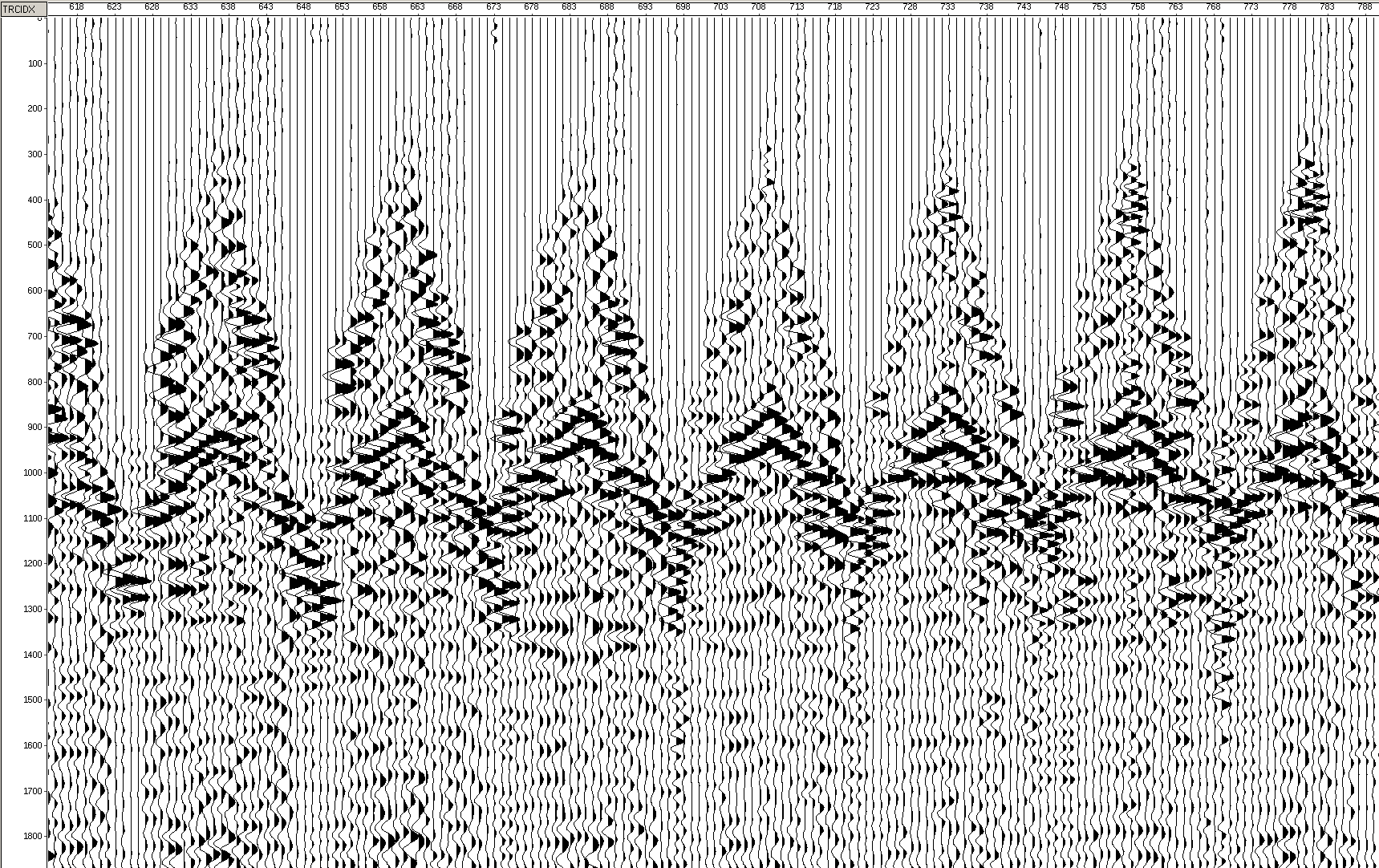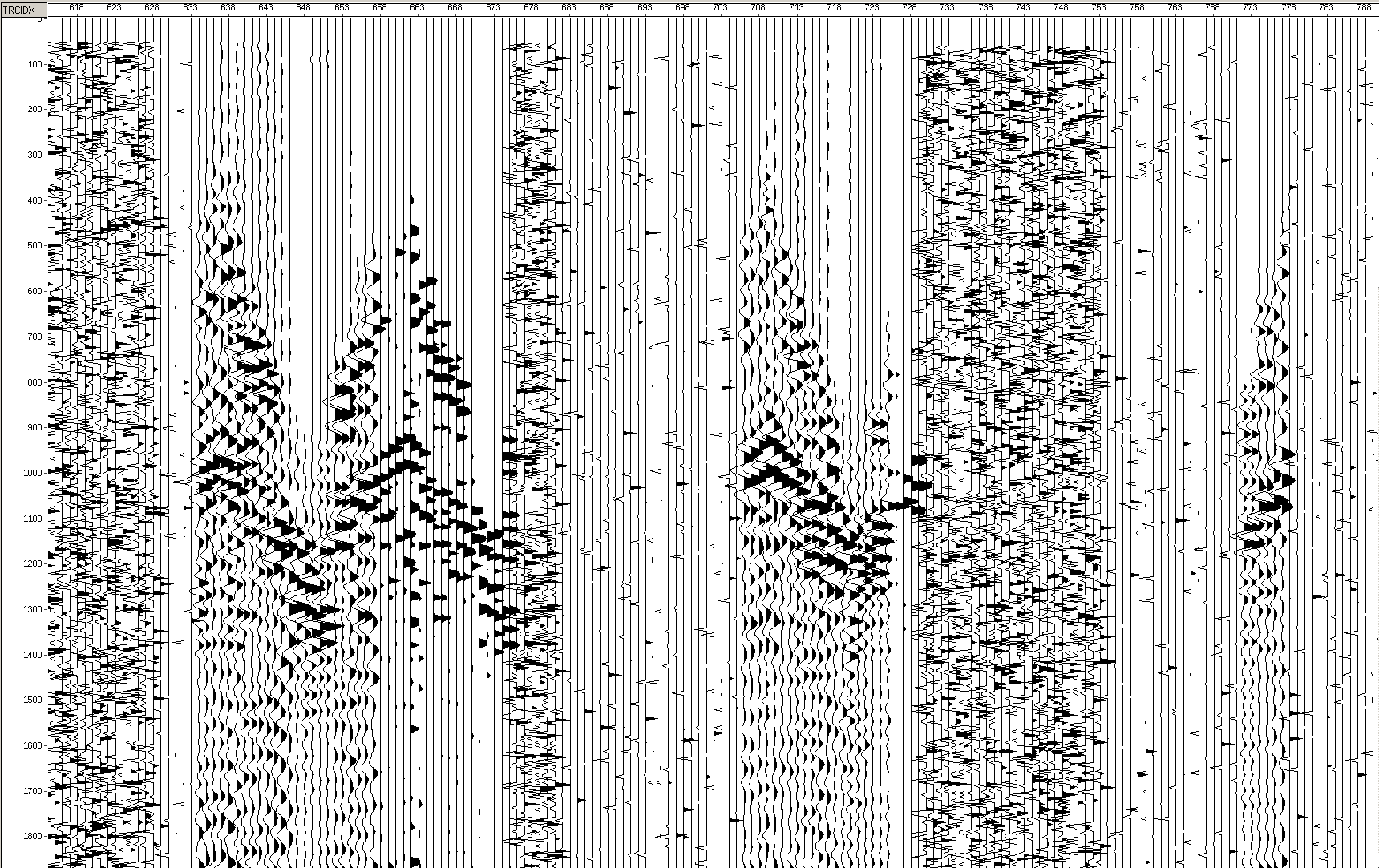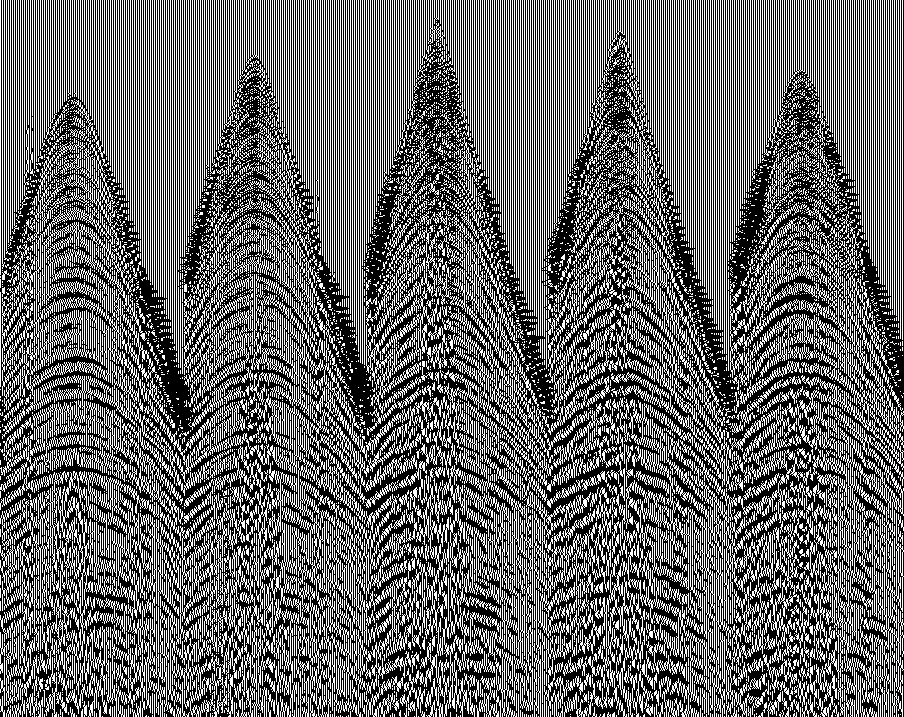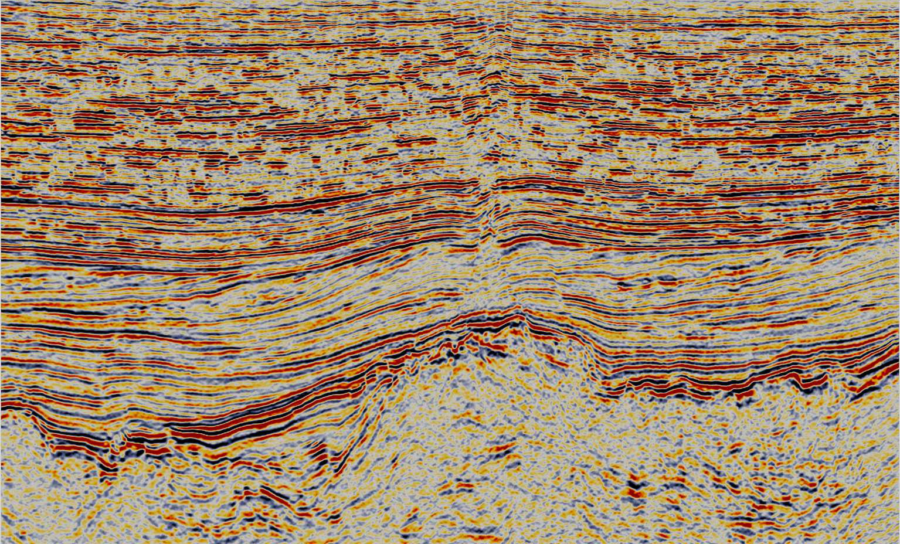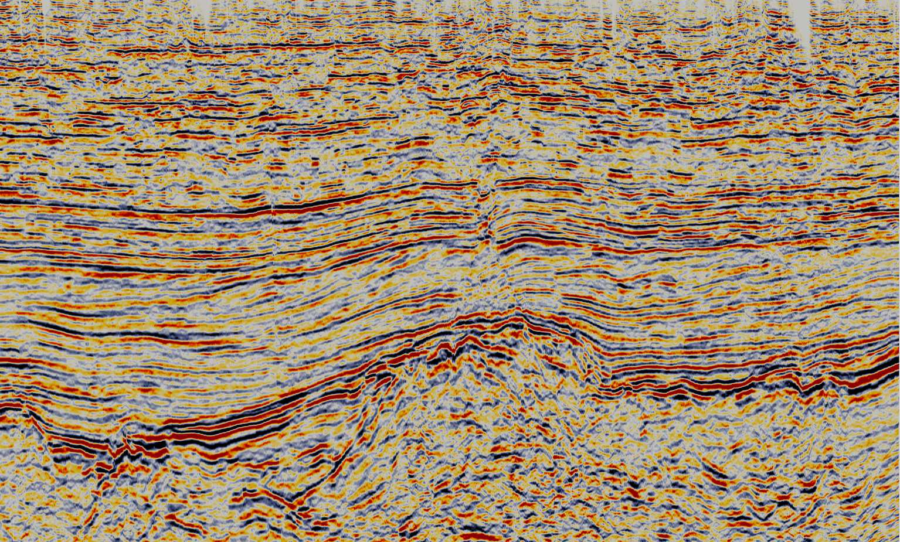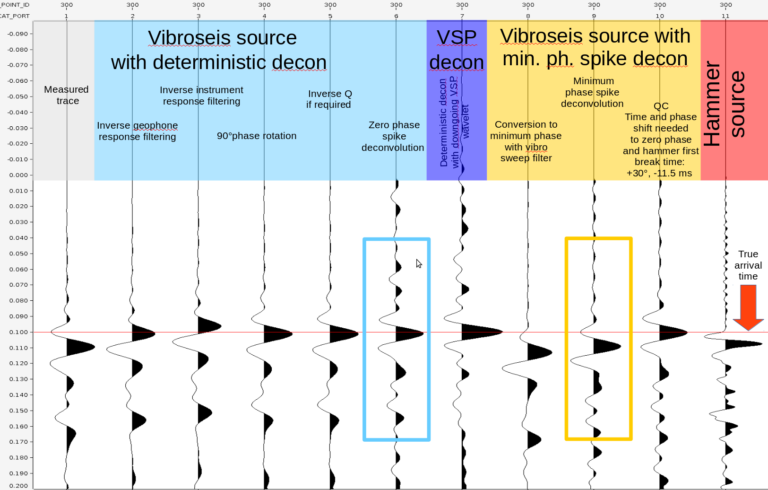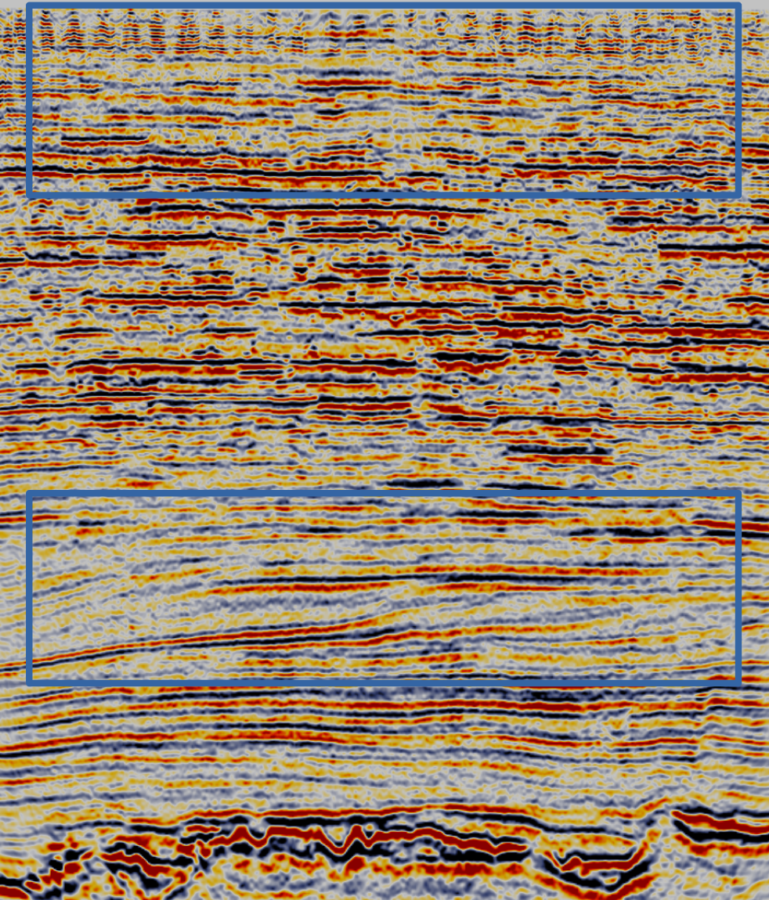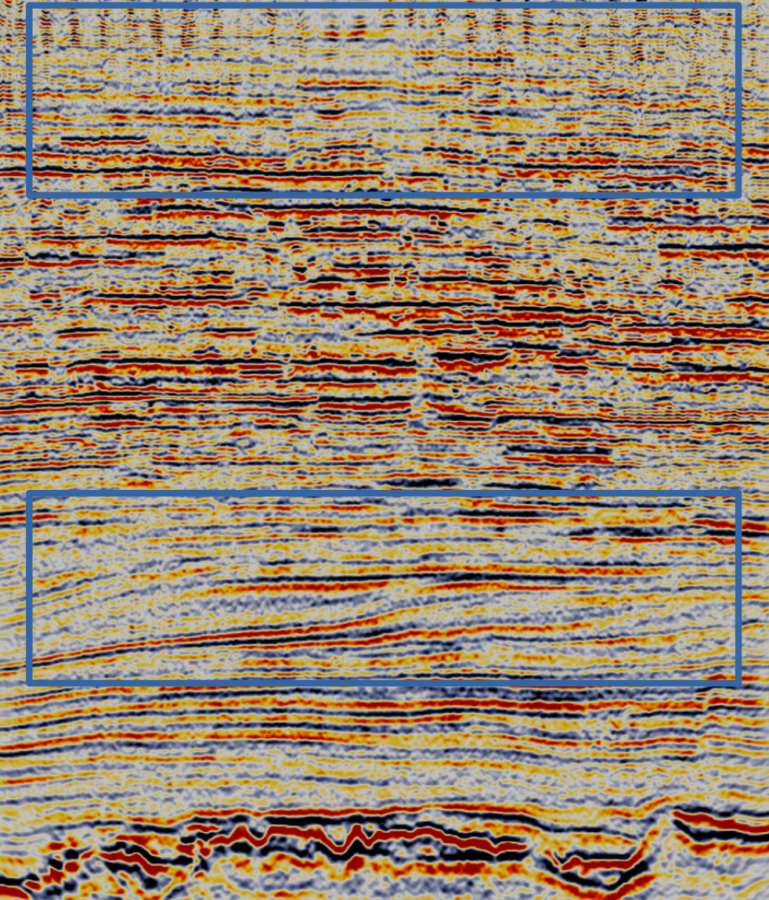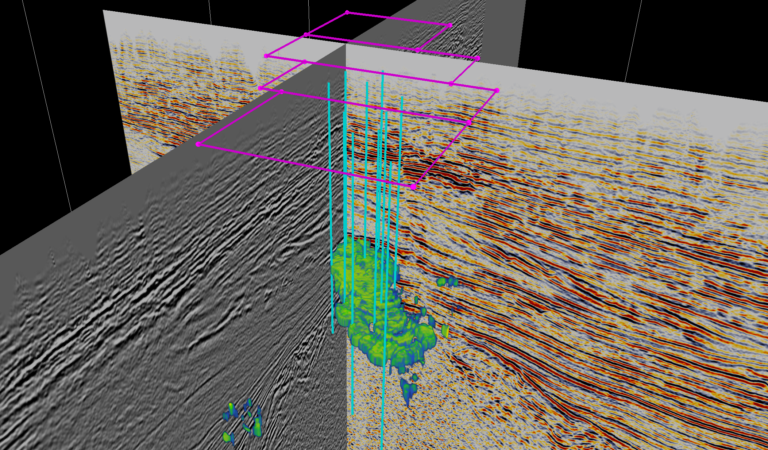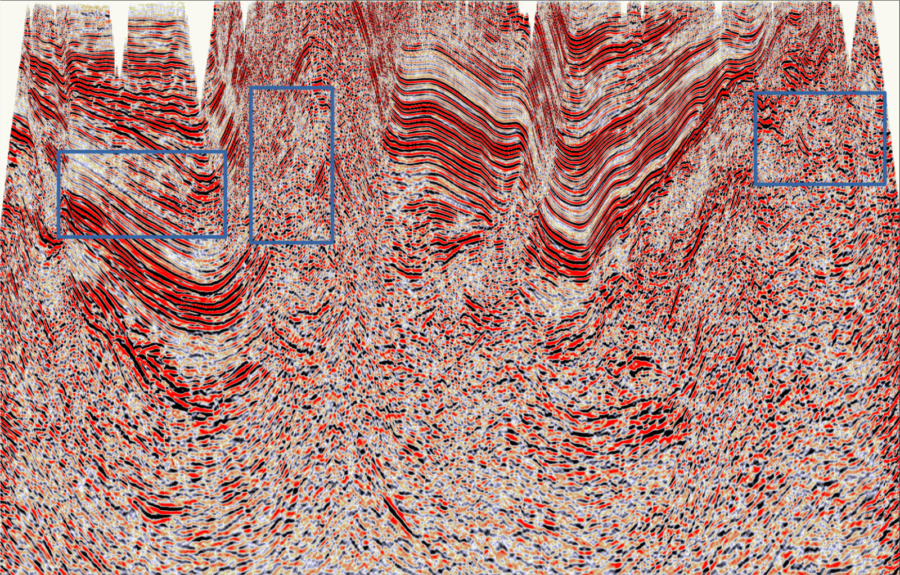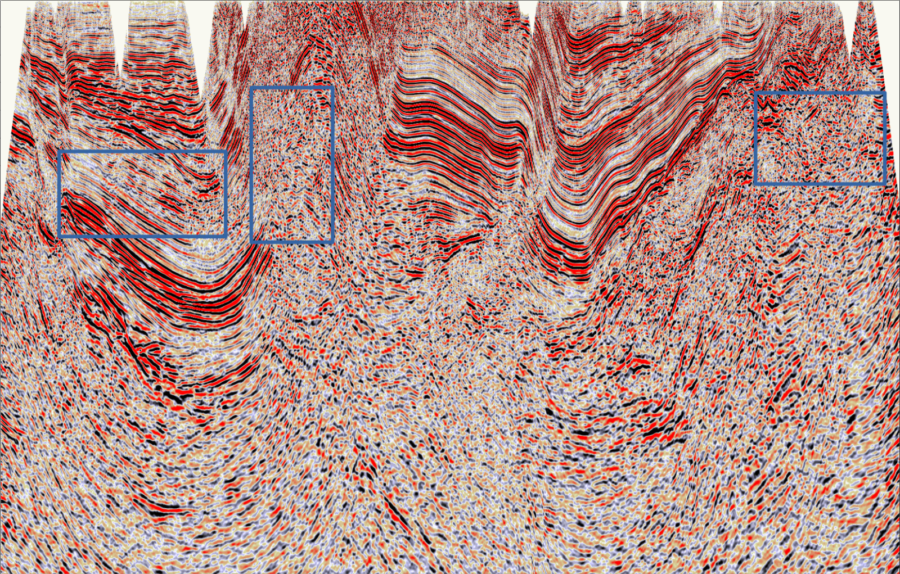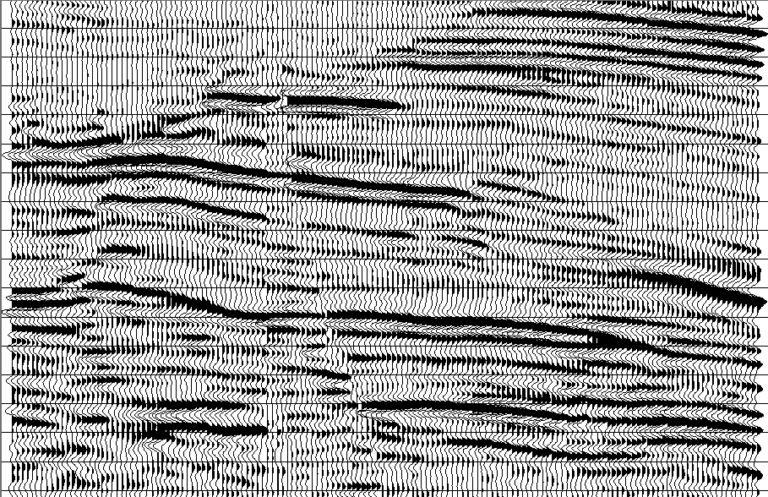
Seismic Data Processing
Based on years of experience and unique expertise in onshore data processing, our team transforms 2D, 3D and VSP raw data into actionable insights.
We provide seismic imaging services throughout the field lifecycle – from early reconnaissance 2Ds to detailed 3Ds for exploration and field development. We help your geophysicists add greater value to the geologic model by providing a crisp image to illuminate your onshore targets. Whether you need a new dataset processed or legacy data reprocessed, we offer top notch talent and technology at an extremely competitive price.
Our Experience
This is a snapshot of our experience since our inception in 2015.
+ 7,300 sq km 3D
+ 2300 km 2D
+ 7 VSP & 1 WaVSP projects
+ Imaged Assets in: Hungary, Slovakia, Croatia, France, UK, Germany, Ukraine, Romania and Chad
+ Clients Based in: US, Canada, UK, The Netherlands, France, Germany, Ukraine, Romania & Hungary
+ Deliverables: PSTM, AVO, PSDM, Corrupted Data Recovery
Vintage processing often requires the recovery of geometry and coordinates from digitized field reports sometimes annotated in a foreign language. It involves extensive checking of the geometry and field records, and eventually coordinate transformation from an obsolete system. Compiling statics from archived field sketches, recent DEMs and first breaks is another common practice with old seismic data. Exotic data formats are not unusual either. Processing vintage data requires skill, persistence and experience.
Caption: Our team knows how to work with legacy data in varying formats including old paper files.
Field records do not always follow a standard. Variations of standard formats in the data acquisition system, errors during transcription from one format or medium to another, or physical damage are some of the usual culprits. Through detailed analysis and custom computer coding we have successfully recovered data from corrupted field files on many occasions.
Caption: Data recovery of a corrupted vintage 2D file/ Before (left) & After (right)
- Kirchhoff Pre-Stack Time Migration
- Noise and Multiple Removal
- Statics
- Deterministic Signal Shaping
- OVT
- AVO-compliant Processing
Prestack Time Migration became the de facto standard for imaging structurally complex geological settings with moderate lateral velocity variations. Schlumberger's Omega KPSTM provides reliable imaging of 2D and 3D data processed in the common offset domain including 3D OVT binning, isotropic and VTI anisotropic ray-traced traveltimes and Q compensation; imaging dips over 90 degrees; the algorithm handles aliasing and provides true-amplitude weights for AVO processing. In experienced hands it provides an excellent image.
Caption: Before (left) and after (right) images of a reprocessed 3D dataset of the Kunmadaras.
Our Omega processing software package includes a wide variety of efficient and flexible noise suppression modules. We also build custom workflows tailored to the noise characteristics and the scope of the seismic data processing to suppress noise while keeping the signal intact. We control noise removal in different domains, check CMP and shot gathers, stack and migration response, and if needed, use synthetic modelling to fine tune the workflow to preserve the real AVO response.
Caption: Images of a clipped field record before and after noise attenuation
Near surface velocities and topography - i.e. statics - are often the most variable part of the velocity field. Luckily, it is also the most accessible part. Therefore, in addition to routine application of Omega's standard data-driven static calculation modules such as first break picking, refraction, tomography and reflection residuals, we prefer to incorporate all available a priori information in our static model. This a priori information includes upholes, refraction surveys, surface geology, checkshots and VSPs. We also offer a custom residual statics algorithm, the beta version of which is available for 2D.
Caption: Data reprocessed with PI's statics. Before (left) and After (right)
We developed and verified a workflow for deterministic signal shaping by applying a set of deterministic inverse filters including vibrator sweep, geophone and acquisition instrument response filters followed by inverse Q filtering. We use VSP data to check and fine tune the resulting signal shape and timing.
Caption: Our deterministic signal shaping workflow tested on VSP downgoing waves.
Binning and scaling are critical in achieving optimal image quality and a reliable AVO response. We can apply OVT binning, proprietary OVT alternatives and traditional offset binning depending on the scope of exploration. Selection of the best binning method varies depending on the acquisition geometry, geology and the scope of processing.
Caption: Before PSTM stack with offset binning on Left, After PSTM stack with PI's OVT on Right. Areas in blue bounds show clear improvements.
Amplitude Versus Offset analysis requires special care to avoid biasing the amplitude content of the seismic data, with far-reaching consequences to the processing flow. A usual AVO compliant workflow comprises noise and multiple suppression, surface consistent processing, binning with scaling and interpolation, imaging, velocity analyses, filtering, angle gather formation and more, each with infinite number of pitfalls. We use drilling results and log derived synthetics to confirm our processing is on the right track for calculating direct hydrocarbon indicators.
Caption: AVO of Kunamadaras Field
For complex areas with fast lateral velocity variations, Kirchhoff prestack depth migration provides a well-established solution with amplitude preserving imaging for AVO processing. The Omega2 KPSTM algorithm includes isotropic and anisotropic ray-traced traveltimes; with an option for offset class and OVT input; Q compensation imaging dips over 90 degrees; anisotropic, mode-converted migration; anti-aliasing and true-amplitude weights both for 2D and 3D data. Detailed velocity field determination is ensured by automatic RMO picking and tomographic velocity update.
Standard 2D processing ignores 3D geometry of crooked line 2Ds. We offer 3D migration on 2D data, which results in improved image quality with better continuity of reflectors where the acquisition geometry deviates from 2D.
Caption: These images represent a 2D crooked line in a 2D PSTM (left) and a 3D PSTM (right)
VSP processing provides the direct link between surface seismic and borehole information including depth calibration, VSP and surface seismic trace match, control for polarity, wave shape, first break time and Q values.
Caption: The image represents a OVSP CDP map fit into an arbitrary line of 3D stack cube



